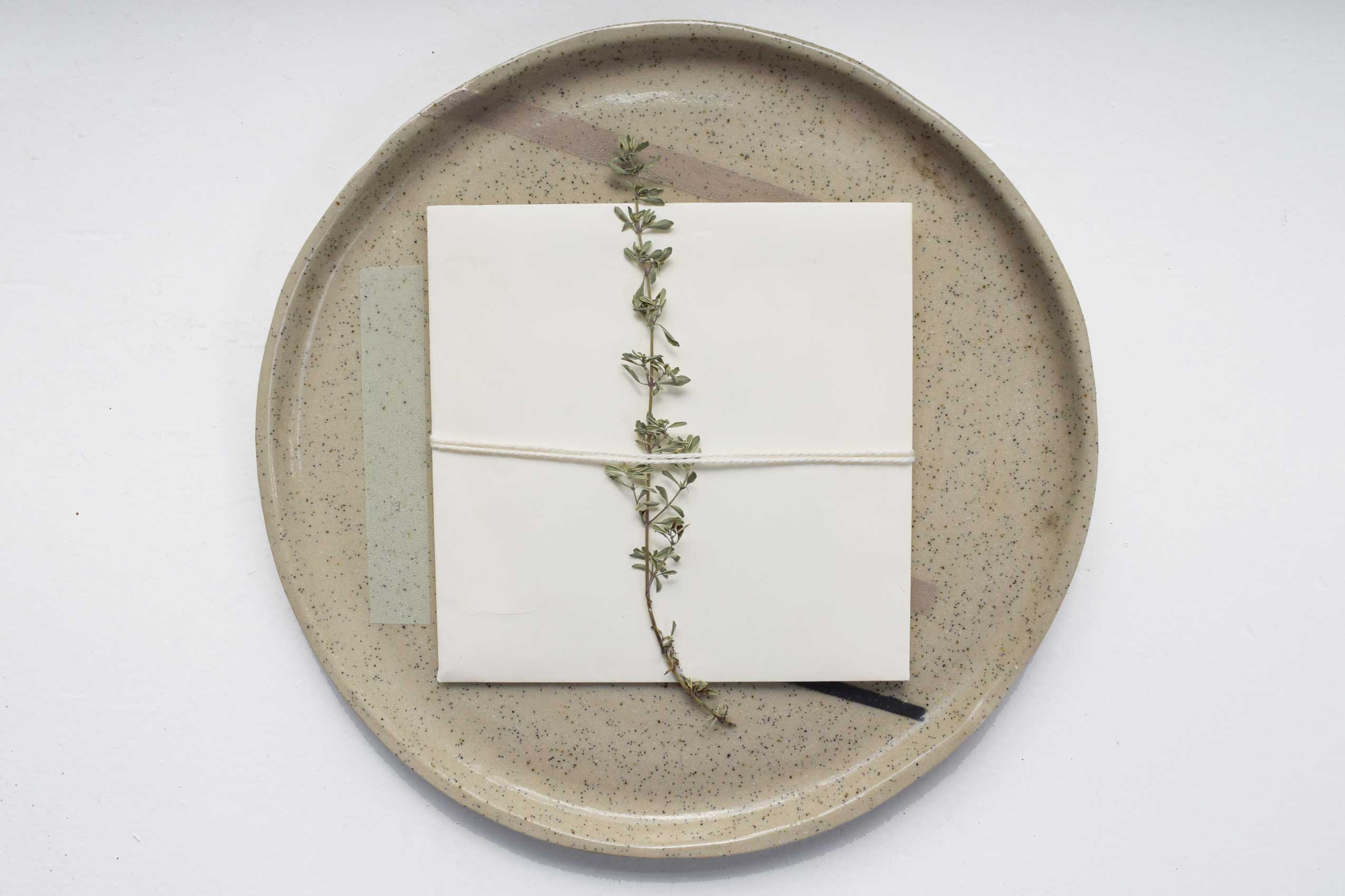Ectopic Plants: Life in the Cracks

- Words by
- Georgina Reid
- Images by
- Chloe Ferres
I’ve always had a thing for plants growing in weird places. So, it seems, has Sydney based photographer and graphic designer Chloe Ferres. Her photo series, Ectopic Plants, highlights and celebrates the resilience, beauty and life-force of these little green lives growing where they want, not always where we want. As Chloe suggests, ‘We’re never really in control, but that doesn’t mean we can’t decide to embrace the little things, to have faith enough to plant seeds for tomorrow, and to look for all the ways life continues to blossom in the cracks.’
Hi Chloe! Can you please tell us about your life with plants? When did they start making their presence felt in your life? How would you describe your relationship to the plant world?
If you asked me a few years ago, I would have told you I hated plants. So much so, that my husband of ten years has never bought me flowers because I always claimed to hate the dying mess they make.
It might sound like a cliché, but I only begun to appreciate plants after a near-death experience. Stuck at home, surrounded by sympathy flowers, I gained new respect for the impermanence of life. Within a few months I was seeking to improve my plant life balance so I bought (and named) three plants (only one of which still lives).
Now, I find myself nurturing over 50 house plants, I read The Planthunter and books about trees, I forage for acorns and native seeds, relish hard labour in the garden, and the sight of life beautifully growing in a gutter—it’s only a weed if it’s unwanted—fills me with joy.

When, and why, did you start shooting the Ectopic Plants series?
In part, it’s a collection of work from my archives, starting long before I went looking for growth in unexpected places. But for the past couple of years I’ve been documenting ectopic plants as I encounter them in daily life. Once you start looking, it’s easy to find them, surviving, even thriving, in cracks and crevices, in quiet landscapes or bustling cities.
Life blooms in unexpected places. Approximately 1% of pregnancies are ectopic—out of place. Ectopic pregnancy is a leading cause of maternal death in early pregnancy, and the mortality rate is around ten times higher in the developing world. Nothing can be done to save ectopic babies. Life is inherently risky, but, in the lyrics of Saturn by Sleeping at Last, “how rare and beautiful it is to even exist…”
My own ectopic pregnancy was a lesson in ephemerality, life after death, and gratitude—for accessible healthcare, and the myriad of other things I take for granted each day. Photographing ectopic plants is just one of the ways I find light in the darkness.


What is it about plants growing in unexpected places that resonates with you?
I’m drawn to the wabi-sabi, and the joy, of plants in surprising places. But more importantly, ectopic plants are symbols of hope, reminders that life—abundant and fragile—goes on. Again, I can’t seem to go past the words of Sleeping at Last, “in spite of the uneven odds, beauty lifts from the earth…”
It’s easy to feel the weight of the world’s despair—now more than ever. Life is both beautiful and tragic, but there is space to hold both grief and joy at the same time.
‘We’re never really in control, but that doesn’t mean we can’t decide to embrace the little things, to have faith enough to plant seeds for tomorrow, and to look for all the ways life continues to blossom in the cracks.’
–













